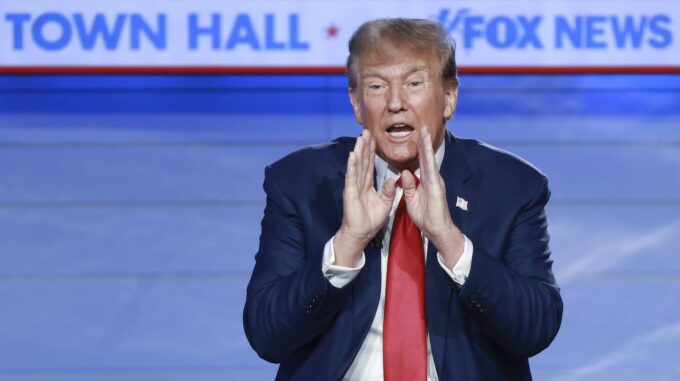The U

S. Court of Appeals has temporarily restored the validity of Trump's tariffs, sparking a new wave of discussions and legal debates in the fields of international trade and domestic politics in Washington. This decision by the federal district court of the United States marked an important stage in the ongoing struggle between the administration and the courts over former President Donald Trump’s tariff policies, which have caused considerable controversy on the global stage. According to official information published on the court’s website, on Thursday the court issued a temporary order to reverse previous rulings that had halted the implementation of Trump’s tariff measures. As a result, these measures are now back in effect, paving the way for their full enforcement. At the same time, the order indicates that the parties — the plaintiffs opposing the tariffs and challenging their legality — must submit their official position regarding the possible suspension of the ruling by June 5. In response, the U.S. government has until June 9 to file its official reply, after which the court may make a final decision on whether to reinstate or uphold the tariffs. This ruling appears to contradict recent decisions by international judicial bodies. Notably, the U.S. International Trade Court previously found that Trump’s actions regarding the imposition of tariffs exceeded his authority and ordered their temporary suspension. These measures affected numerous countries, including China, Mexico, and Canada, and were implemented as part of efforts to combat fentanyl entering the U.S., which posed a significant threat to public safety. It is important to emphasize that the appellate court’s rulings effectively reinstated the tariffs, with serious implications for trade relations. The Biden administration has already signaled that it does not intend to abandon the tariff policies initiated by the former administration, despite the rulings by federal courts. This political stance has sparked additional debates about the limits of judicial and executive powers, and it raises questions about the long-term strategy of Washington’s trade policies. In this context, an important trend is emerging around internal conflicts over the rules and boundaries of using tariffs as an economic policy tool. Currently, the situation remains tense: while courts question the legitimacy of Trump’s rulings, the administration hints at its readiness to operate within the existing framework, illustrating the complexity of reconciling judicial decisions with political and economic strategies of the federal government. However, no definitive resolution has yet been reached regarding the future application of tariffs and their impact on U.S.-China, U.S.-Mexico, and U.S.-Canada relations, and the future of this dispute continues to be a subject of intense political and legal debate.

